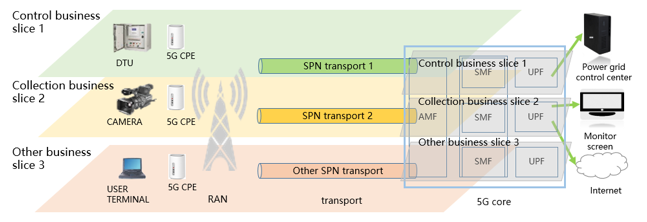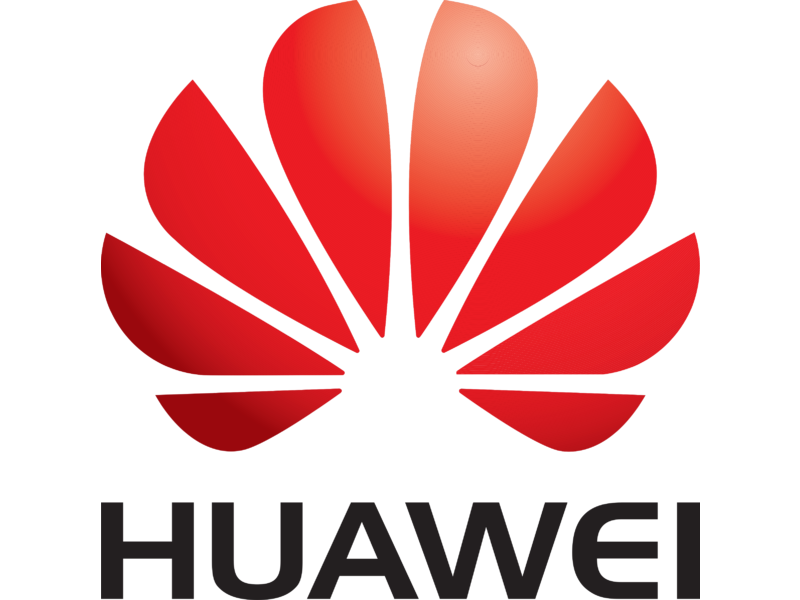SHENZHEN, CHINA / ACCESSWIRE / April 28, 2020 / Recently, the Global System for Mobile Communications Association (GSMA) officially released the first 5G SA network slicing Proof of Concept (PoC) case. The 5G smart grid project was jointly completed by China Southern Power Grid (CSG), China Mobile, and Huawei.

In 2019, GSMA's Network Slicing Task Force (NEST) called for global volunteer carriers for the network slicing PoC. NEST is dedicated to promoting and providing insight into industry requirements for network slicing, and developing the Generic Slice Template (GST). CSG, China Mobile, and Huawei jointly conducted research on the application of 5G network slicing in smart grids in early 2018. So far, the E2E field test of 5G SA power slicing has been completed, and the standard three-layer network slicing management architecture has been built. The entire process is streamlined, from slice subscription, configuration, deployment, to monitoring.
In CSG's 5G power slicing PoC project, GSMA's GST was used for the first time to define power slicing KPIs covering 35 categories (with almost 60 parameters), for example, Area of Service, Delay Tolerance, Downlink Throughput Per Network Slice, Downlink Throughput Per UE. Based on the project, suggestions for optimization were proposed for parameters in the GST, such as slice isolation, slice KPI monitoring frequency, slice security, and session and service continuity. The project is a successful use case, and has confirmed the feasibility of GSMA's GST. Further, it provides a reference for other industries to define parameters based on GST and implement network slicing.
In the project, power service scenarios are classified into production & control, and management & information. Production & control scenarios include intelligent distributed power distribution automation, precise load control, and distributed power control. These scenarios aim to address power distribution network requirements, including ultra-low latency (15 ms), ultra-reliable communication (99.999% reliability), and high security isolation. Management & information scenarios include low-voltage power consumption information collection and smart grid video applications. The network must meet 100 ms latency, 99.9999% reliability, and 4-100 Mbit/s bandwidth requirements, as well as thousands of connections per square kilometer.
1 Three types of CSG's 5G smart grid slicing

To verify security isolation for 5G E2E slicing, CSG constructed three types of network slices: low-latency for power control, high-bandwidth, massive-connection for information collection, and common for public services. CSG concluded that when the common slice overloaded, the other two types of slices were still normal in network performance and latency.
Network slicing is one of the landmark technologies distinguishing 5G from 4G. Among key 5G technologies, network slicing lays a solid foundation for digital transformation in thousands of industries. CSG's 5G power slicing pilot project sets a benchmark for applying network slicing to the electric power industry, and will help promote network slicing in other industries.
Contact:
Raymond Chou
[email protected]
SOURCE: Huawei




